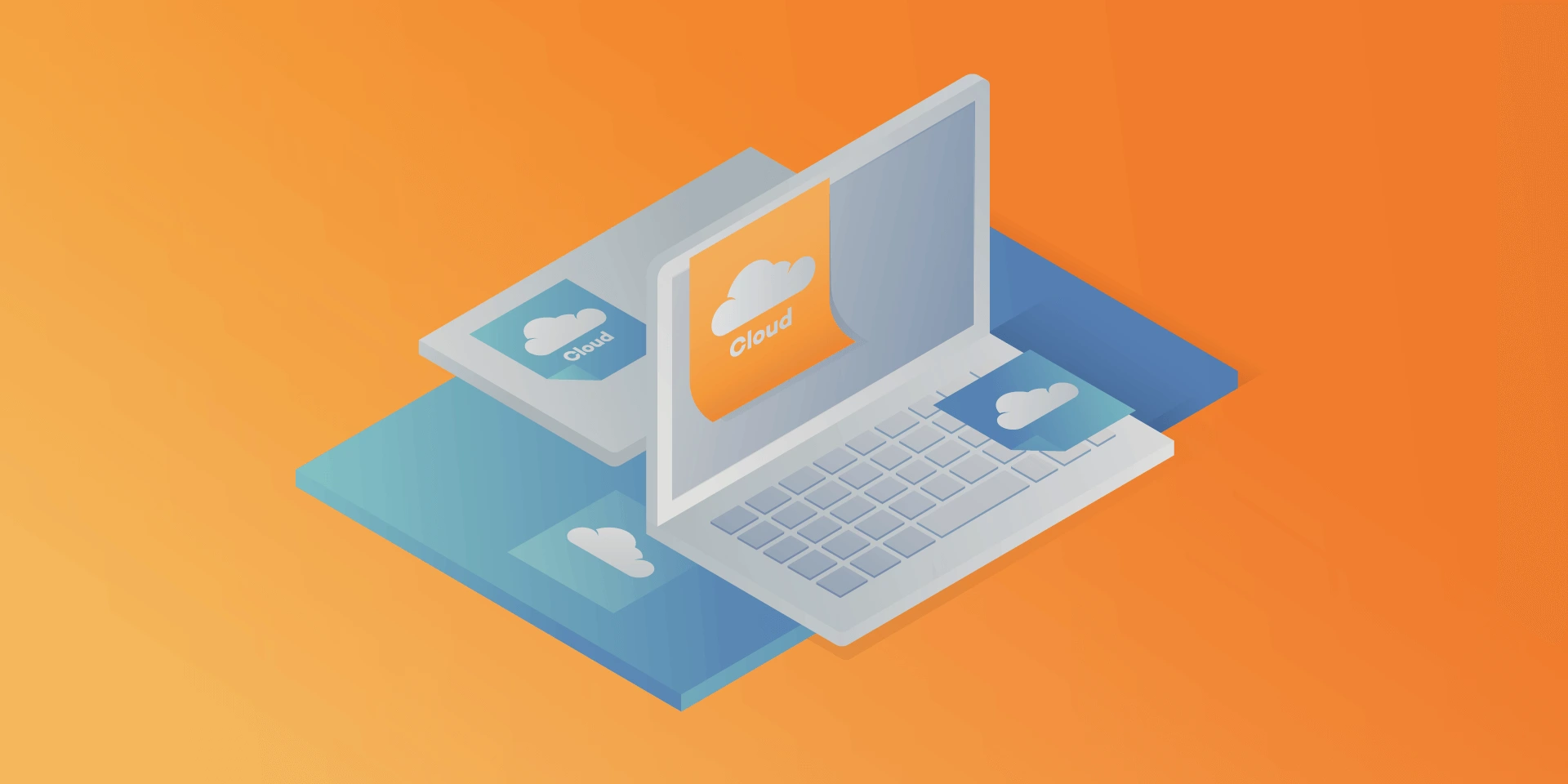How to Avoid Cloud-Washed Software?

The term “cloud-washed” was invented in the exact same way as the phrase “green-washed” came into being, which was used to describe products that don’t have anything to do with being “eco”, but were sold in “green” packaging. The same with cloud. There is a trend in the software development community where many companies take perfect advantage of the cloud computing hype and re brand their products as “cloud”, while in reality their solutions don’t have much in common with cloud. But first, let’s define what exactly “cloud washing” is:
Companies stick a “cloud” label on their products in order to stay on this competitive market. The only thing that they don’t do is explain whether it is cloud-native, cloud-based or something else.
Don’t Get Lost in the Clouds
In order for you to easily expose fake cloud solution, I have prepared a list of questions to ask cloud solutions vendors to make sure you are buying a product with all the benefits of cloud-native software.
1. Is the platform hosted in the cloud or does it rely on an on-site server?
If the platform is hosted purely in the cloud with proper backup strategy, availability zones and replication in place, you will not be affected in case the server fails and should not worry a lot about data loss. But if it’s an on-site server, be sure to expect an outage when the server fails make sure there are backups – preferably in the different data center.
2. Is the service multi-tenant or single-tenant?
In the case of single-tenant services, support may not be as dedicated as you would expect it to be. Some issues might take weeks to resolve. Multi-tenant and cloud-based are a much better option, but only when you go cloud-native can you expect the best support, scalability and quick fixes. Also, cloud native platforms provide better level of system-level security for all deployed services.
3. How often are updates and new features released? Do they require downtime?
The answer is simple, if updates require downtime, it’s not cloud-native at all. If the features are available immediately, the software is cloud-native. Also, critical updates are deployed to all customers. On top of that, there is no disruption in service once they are deployed, because rolling update strategies are already in place. In addition, when failure happens rollback to previous version can be done immediately, or even automatically.
4. Who is responsible for security? Do you include security certifications or do I need to pay extra?
Remember one rule, cloud-native software is secure by definition. Cloud platforms “by design” are more secure because the whole system layer is abstracted from the developers and therefor easier to update with the latest security patches.
Check related articles
Read our blog and stay informed about the industry's latest trends and solutions.
see all articles




